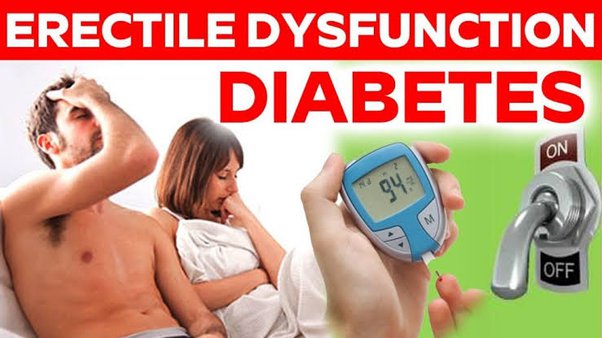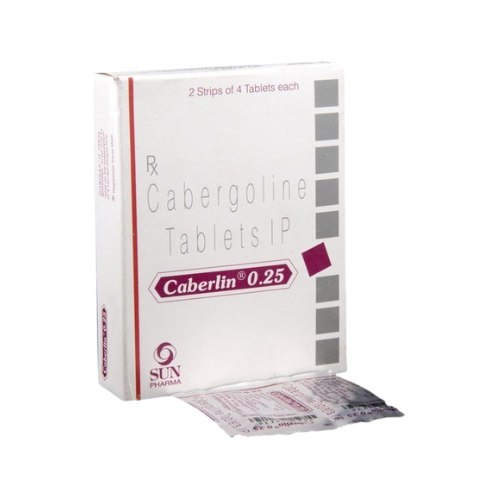In the current landscape, healthcare practices must prioritize patient collections due to the increased financial burden on insured patients. This shift is attributed to the prevalence of high-dollar deductible health plans, often linked to health savings accounts or tax-advantaged medical savings accounts.
Effective patient collection strategies are not just a necessity but a powerful tool that can empower healthcare organizations. They emphasize improved communication and education regarding outstanding medical debt. It’s essential to acknowledge that collecting from patients is significantly more costly, typically two to three times more so, than collecting from insurance payers. Therefore, practices should avoid expensive programs that yield ineffective results, such as issuing statements and making unproductive calls. Besides, doctors can outsource the billing and collections to a third-party medical billing company for maximum collections.
How to improve patient collections
In today’s context, patient collection strategies must extend beyond the conventional passive methods for obtaining payments from patients or guarantors. Within a program framework, these strategies encompass:
Point-of-service (POS) collections
The best time to ask patients for money they owe for medical services is when they get the service. The front desk needs to know how much the patient has to pay. They should not only ask for patient details but also explain how much the patient needs to pay for the services they have. (Note: Healthcare providers do well with getting payments upfront if the doctor does the paperwork.)
Designing Statements and Patient Collection Notices
The design of patient statements and related communications is crucial in effectively communicating the balance due for medical services. A well-crafted statement should not only indicate the outstanding balance but also provide essential details about the service provider, services rendered, associated charges, payments received, adjustments made, and contact information for any inquiries. Unfortunately, many statements lack sufficient information for patients to grasp the nature of the charges they are being asked to settle. Providing patients a clear understanding of how these charges correspond to the services received increases the likelihood of prompt responses.
Patient Follow-Up Initiatives
After a patient’s visit, we don’t just send letters. We also take steps to reach out and connect with them or the people responsible for their bills. Good programs decide who to follow up with by using a unique system that scores how likely a patient is to pay. This helps us use our time and energy wisely. Usually, we do these check-ins once a month, either by calling or emailing.
Payment Arrangement Guidelines
After a patient comes to see us, we don’t only send letters. We also make sure to get in touch with them or the folks handling their bills. Effective systems help us determine who to contact first based on how likely a patient is to pay. This way, we can manage our time and effort competently. Typically, we do these follow-ups once a month, either by phone or email.
Using the Internet for Payments
More and more people are choosing to pay their bills online, and it’s a good idea to offer this option. Younger folks especially like it. Having a well-made online payment system is essential. It should give patients precise details about what they owe. It’s also crucial to use a secure system to keep patient info safe and meet privacy rules like HIPAA.
Talking to Patients on the Phone
It’s vital to have staff who can handle patient questions well. They should do more than just read from a script. They need to help patients understand their bills and responsibilities. The skills needed for this job vary, but staff should know about medical insurance and financial policies. Most calls are about bills and insurance, so it’s crucial to explain charges clearly to patients.
Checking how well a patient collection plan is working
Every important part of a plan to collect money from patients should have ways to measure its success. These ways could be numbers or signs that show how well the different strategies are doing. This helps to make changes to improve the process of collecting money from patients.
Medical practices must collect more money from patients to maintain or improve their income. Nowadays, managing money flow in a medical practice needs to focus on strategies to collect money from patients. This is to gather as much money as possible and ensure patients feel good about the process.
FAQs
What does it mean to collect patient data?
Collecting patient data means gathering information about patients. This info helps improve care quality, find new treatments, and more. But if it’s not done well, it can cause treatment delays and problems.
What does it mean to gather patient information?
Gathering patient data means getting details about patients. This info helps make care better, discover new treatments, and other things. But if it’s not done right, it can slow treatment and cause issues.
Why do we handle medical billing?
We do it because doctors and hospitals need to get paid for the care they give to patients. So, the person in charge of billing gathers all the details about the patient and their treatment from a form called a “superbill” and then puts it together into a bill to send to the patient’s insurance company.





